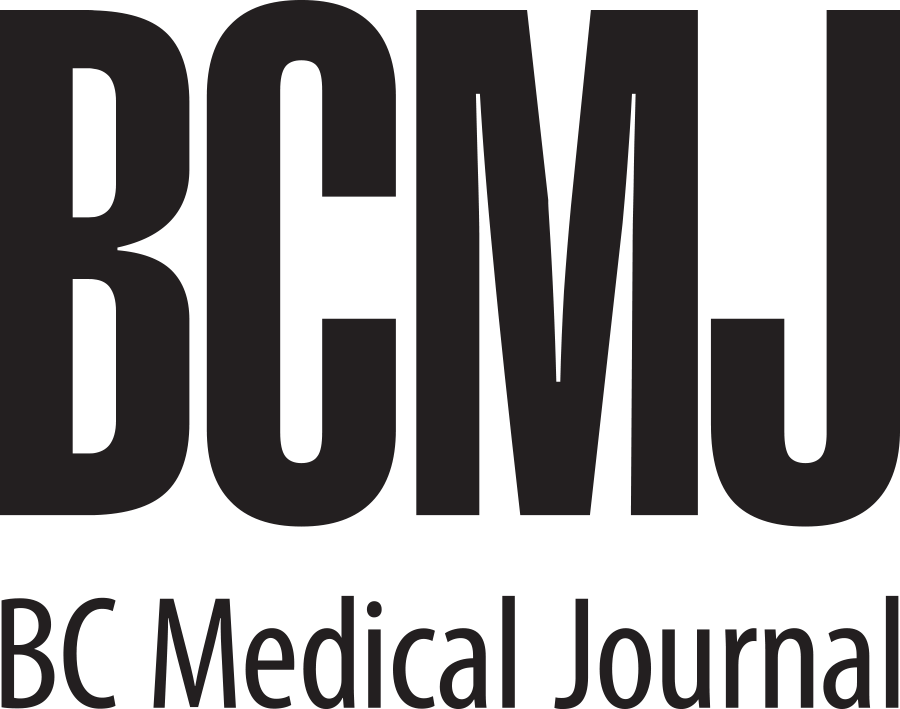Canadian technology uses speech to track Alzheimer disease
A new technology that analyzes a person’s natural speech to detect and monitor Alzheimer disease and other cognitive disorders won the AGE-WELL Pitch Competition: Technology to Support People with Dementia. The tablet-based assessment tool records short samples of a person’s speech as they describe a picture on the screen and extracts hundreds of variables from the samples.
Because of word-finding difficulties, people with Alzheimer disease will tend to pause more between words and the complexity of their vocabulary is reduced. The technology uses artificial intelligence to analyze about 400 variables, such as pitch, tone, prosody (rhythm), and rate of speech, as well as pauses and choice of words. In the laboratory, the software can reliably identify Alzheimer disease, Parkinson disease, and aphasia with between 85% and 100% accuracy.
Researchers are set to begin field tests in assisted living and home care settings. The tool will be used in seniors’ facilities to improve ongoing monitoring of residents’ cognitive health, provide family members with quantifiable updates, and help people plan when it’s time to transition to a higher level of care.
Liam Kaufman, CEO and co-founder of Winterlight Labs, developed the tool with Dr Frank Rudzicz, Maria Yancheva, and Katie Fraser of the University of Toronto. Dr Rudzicz is also a scientist at Toronto Rehab-University Health Network. Regulatory approval will be sought in Canada and the United States to make the technology available to family doctors and speech-language pathologists.
Ten teams from Canada and around the world competed in the AGE-WELL Pitch Competition, which showcased a variety of technology solutions that address the challenges faced by people living with dementia.

